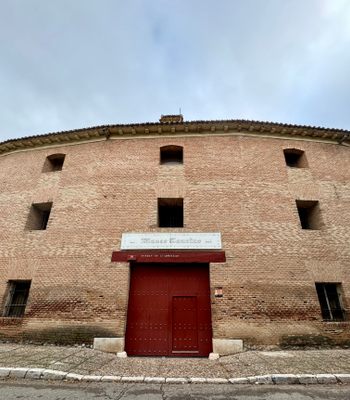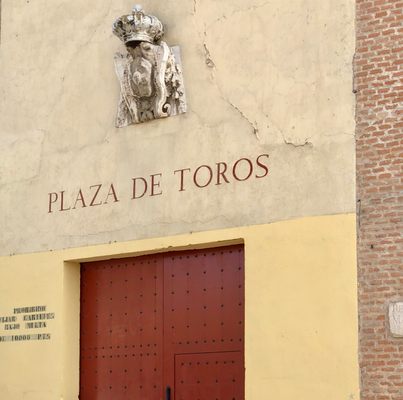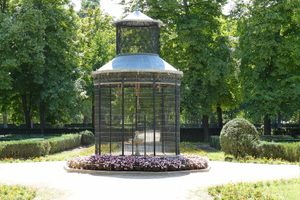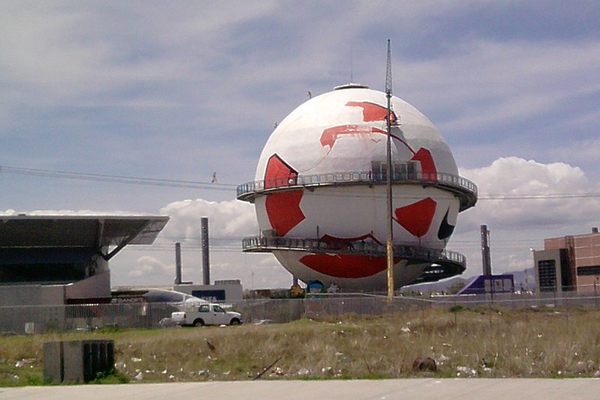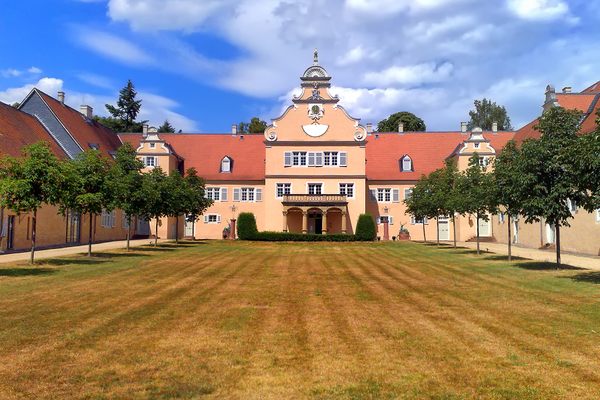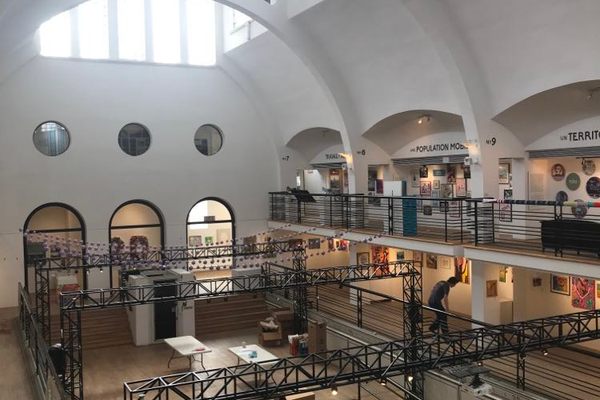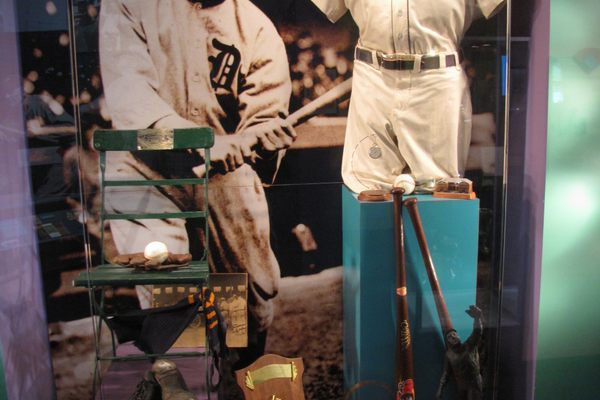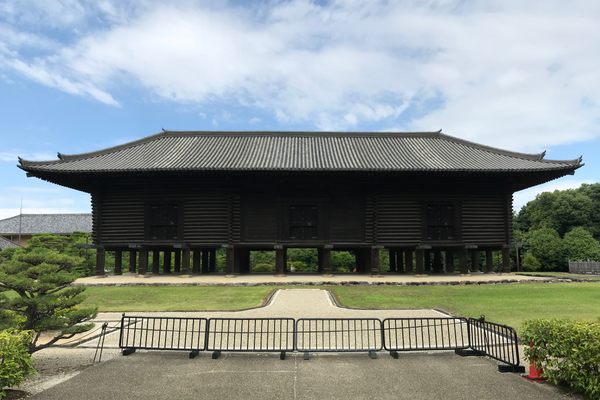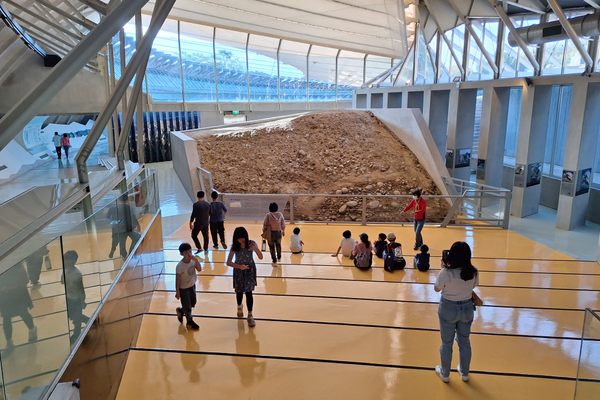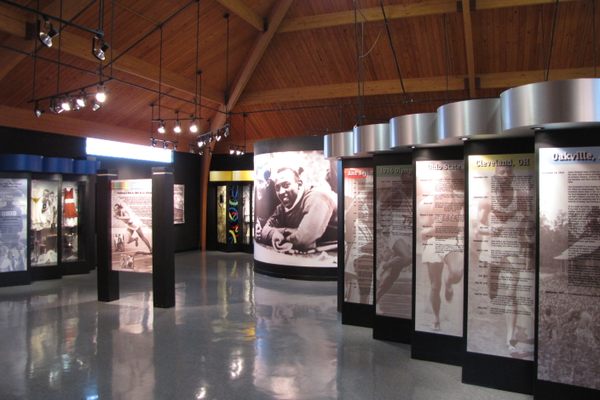About
This 18th-century-built bullring houses one of the most important bullfighting museums in all of Spain. Full of memorabilia and bullfighting-related material, it is well worth a visit—even if you have no interest in what taromaquia (the “art” of bullfighting) is all about.
The bullring in Aranjuez, Spain, was built between 1790 and 1797, and it was designed by architect Juan de Villanueva, who was also responsible for other notable landmarks in Spain. Initially, the bullring was created as part of the royal palace complex in Aranjuez, reflecting the tradition of bullfighting within Spanish culture and serving as a venue for royal entertainment. King Carlos IV and his wife María Luisa de Parma inaugurated the bullring.
Over the years, the bullring witnessed various bullfighting events and cultural gatherings, becoming an integral part of Aranjuez’s social fabric. Its architecture, characterized by a circular layout with rows of seating surrounding the arena, reflects the traditional style of Spanish bullrings.
Throughout the 19th and 20th centuries, the bullring continued to host bullfights and cultural events, maintaining its significance within the community. Like many historical landmarks, though it faced challenges related to maintenance and preservation.
In recent years, efforts have been made to restore and preserve the bullring, recognizing its cultural and architectural importance. Today, it stands as a symbol of Spain’s bullfighting tradition and serves as a venue for cultural events.
Related Tags
Know Before You Go
Guided tours are available, offering visitors clear explanations of the bullring’s architecture, its various rooms, the function of the professionals who gather on the day of the show, and the history of bullfighting in Aranjuez.
Community Contributors
Added By
Published
January 28, 2025
